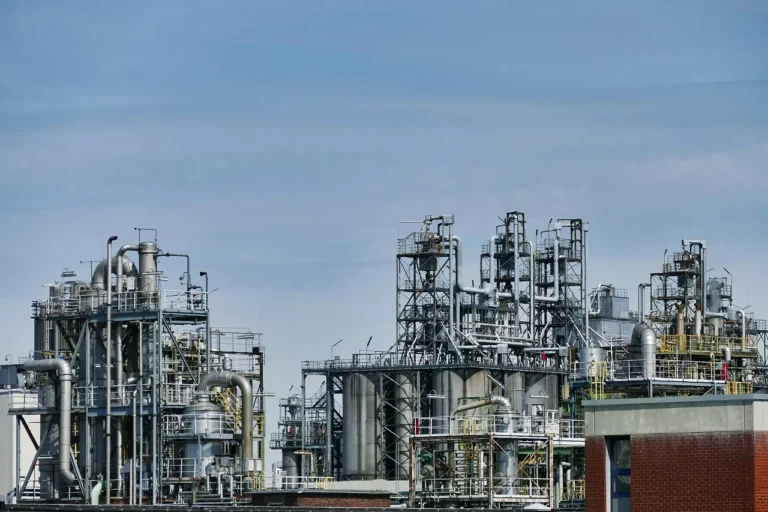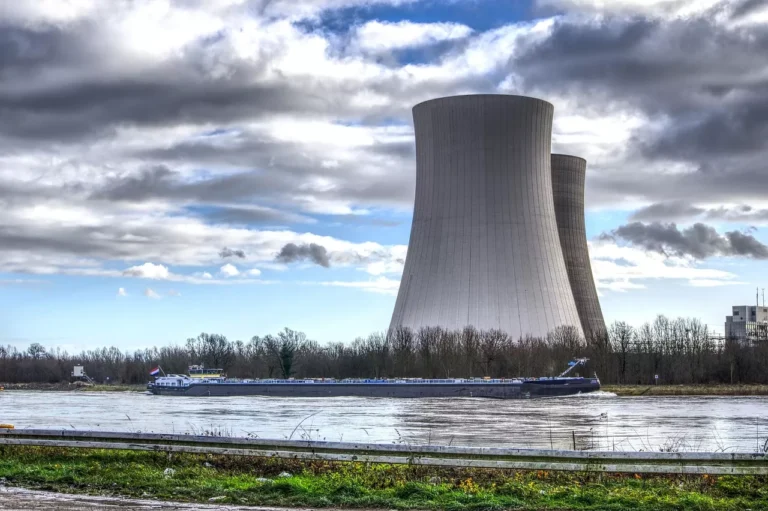
Ampion Launches Synthetic Community Solar to Break Down State Barriers and Expand Renewable Access
Ampion Renewable Energy, a recognized leader in community solar management solutions, has announced the launch of its pioneering Synthetic Community Solar product. This breakthrough initiative is designed to tackle one of the most persistent barriers in the solar sector: geographic limitations that prevent projects from reaching their full potential. By allowing solar credits to flow across state borders, Ampion is not only improving project economics for developers but also expanding access to clean energy savings for low-income households nationwide.
At a time when the renewable energy sector is navigating both tremendous opportunities and looming challenges, including the gradual expiration of major incentives under the Inflation Reduction Act (IRA), Ampion’s new product offers a timely and impactful solution. By enabling developers to qualify more quickly for the Category 4 Investment Tax Credit (ITC) and extending solar savings to underserved communities, Synthetic Community Solar represents a meaningful step forward in the mission of making renewable energy accessible everywhere, for everyone.
Breaking Down Historical Barriers in Community Solar
The traditional model of community solar has been restricted by strict geographic rules. Historically, a subscriber’s utility account needed to be located within the same utility territory—and often the same state—as the solar farm generating the energy. This requirement limited developers’ ability to finance and scale community solar projects, especially in areas where acquiring low-income subscribers proved difficult or cost-prohibitive.
Ampion’s Synthetic Community Solar product effectively dismantles this barrier. By enabling cross-state flexibility, it allows developers to allocate solar credits to households that may be hundreds of miles away, in different utility regions. In practice, this means a solar farm in Maine can generate benefits for income-qualified subscribers in Illinois, creating a wider pool of beneficiaries while solving challenges for developers.
Nate Owen, CEO and Founder of Ampion, described the significance of the innovation:
“Our new product expands the reach of community solar by deploying it across state programs, and solves a geographic problem that has historically limited developers’ ability to finance community solar assets in communities where low-income acquisition is challenging. We’re grateful to offer a solution that helps developers navigate the complexities of community solar across different state programs while providing additional savings to low-income subscribers. This initiative directly supports our mission of making renewable energy accessible everywhere, for everyone.”
How Synthetic Community Solar Works
At its core, Synthetic Community Solar is about financial flexibility. Instead of being tied to a specific state’s regulatory boundaries, developers can direct the financial benefits of a project—via utility credits—to households outside the immediate service area.
Here’s how it functions in practice:
- Solar Generation – A solar farm produces renewable energy in its local region.
- Utility Credit Transfer – Ampion works with utilities to transfer the value of solar credits to subscribers in another state or utility territory.
- Subscriber Savings – Eligible low-income households in the receiving region apply those credits to their electricity bills, reducing costs—often by as much as 20%.
- Developer Incentives – Developers not only achieve better project economics but also qualify more easily for federal and state-level incentives, such as the Category 4 ITC.
This model is particularly valuable in markets where the cost of acquiring low-income subscribers is high, or where such subscriber pools are limited. Instead of abandoning or downsizing projects, developers can ensure viability by serving income-qualified households elsewhere.
Real-World Impact: From Maine to Illinois
The concept of Synthetic Community Solar is already moving from theory into practice. One of the first pilot projects, a 2.5 MW (dc) installation in Maine, is currently providing tangible benefits to subscribers in Illinois.
In this case, Ampion facilitates the transfer of funds from the developer to Illinois-based, income-qualified households. These households, in turn, receive meaningful discounts on their electricity bills—up to 20% off the solar credits produced by the Maine site.
This example illustrates how Synthetic Community Solar can bridge geographic gaps, ensuring that renewable energy projects deliver equitable benefits regardless of location. It also demonstrates how developers can access bonus incentives by directing financial advantages to low-income subscribers, a requirement under the Inflation Reduction Act.
Aligning with Federal Incentives
The timing of Ampion’s new product is crucial. Under the Inflation Reduction Act, developers can secure bonus tax credits for Qualified Low-Income Economic Benefit Projects. To qualify, projects must direct at least 50% of their financial benefits to subscribers.
By streamlining this process, Synthetic Community Solar provides developers with a faster, more reliable pathway to secure these incentives. The result is twofold:
- For Developers: Improved long-term site viability, enhanced return on investment, and reduced barriers to financing.
- For Subscribers: Increased access to clean energy savings, particularly for low-income households that have traditionally been left behind in the renewable transition.
This alignment with federal policy not only strengthens the business case for community solar but also reinforces the broader goals of equity and inclusion in the clean energy economy.
Addressing the Bigger Picture
Community solar has long been heralded as a democratizing force in renewable energy. Unlike rooftop solar, which requires property ownership, capital investment, and favorable conditions, community solar allows renters, low-income households, and those in multifamily housing to share in the benefits of clean energy. Yet despite its promise, adoption has often been constrained by regulatory and financial complexities.
Ampion’s Synthetic Community Solar addresses two of the most pressing challenges:
- Geographic Limitations – By decoupling subscribers from local utility boundaries, the product opens access to a broader pool of participants.
- Low-Income Inclusion – By making it easier for developers to meet incentive requirements, more projects can direct meaningful savings to income-qualified households.
Together, these solutions not only expand access but also accelerate the nation’s transition toward a more equitable and sustainable energy future.
A Path Toward Nationwide Impact
While the Maine-to-Illinois project demonstrates the potential of Synthetic Community Solar, Ampion envisions a much broader application. As more developers adopt the model, households in energy-burdened communities across the country could soon see lower bills, even if there are no solar farms in their immediate region.
For developers, this opens new markets and creates financial stability at a time when the expiration of IRA incentives looms large. For policymakers, it represents a pathway to achieving both renewable deployment goals and equity mandates without requiring extensive new legislation.










